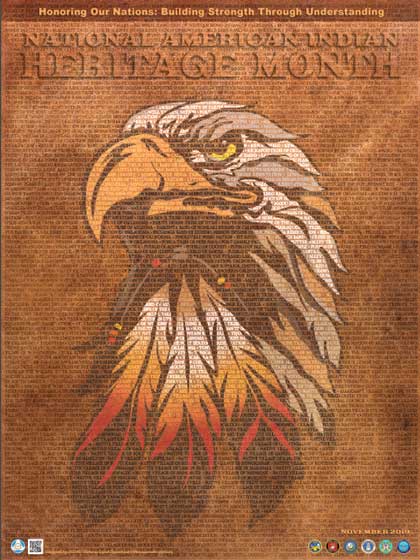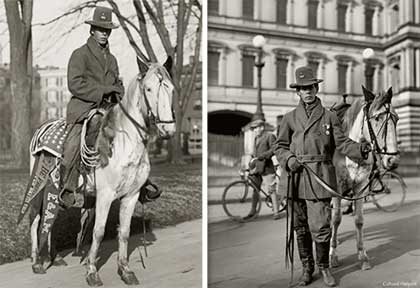
Celebrating 2019 National American Indian Heritage Month
Honoring Our Nations: Building Strength Through Understanding
What started at the turn of the century as an effort to gain a day of recognition for the contributions of the many intertribal cultures, as well as to educate everyone about the rich history, heritage, art, and traditions of the original American peoples made to the establishment and growth of the U.S., has resulted in a whole month being designated for that purpose.
In 1914, Red Fox James, a Blackfoot Indian, rode horseback from state to state seeking approval for a day to honor Indians. On December the following year, he presented the endorsements of 24 state governments at the White House, however, there is no record of such a national day being proclaimed during that time in our history.
Held on the second Saturday of May, 1916, the governor of New York declared the first American Indian Day on record. Several states followed with celebrations held the fourth Friday in September of the same year. Several states designated Columbus Day as Native American Day, but it continued to be a day we observe without any recognition as a national legal holiday.

Red Fox James, Blackfoot Indian
It wasn’t until 1986 that Congress passed a proclamation authorizing American Indian Week and not until 1990 when President George H. W. Bush approved a joint resolution designating November 1990 "National American Indian Heritage Month." Similar proclamations, under variants on the name (including "Native American Heritage Month" and "National American Indian and Alaska Native Heritage Month") have been issued each year since 1994.
Today, 27 states and many cities, rivers and lakes have names that came from American Indians. American Indians and Alaska Natives are people having origins in any of the original peoples of North, South and Central America, and who maintain tribal affiliation or community attachment. According to the 2010 U.S. Census, there are 5.2 million American Indians and Alaskan Natives living in the U. S. They represent two percent of the population. American Indians and Alaskan Natives have a unique relationship with the federal government due to historic conflict and subsequent treaties. To date, there are 566 federally recognized tribes and more than 100 state-recognized tribes across the U.S., plus an unknown number of tribes that are not federally recognized. Native Alaskan tribes belong to five geographic areas, are organized under 13 Alaska Native Regional Corporations, speak 11 different languages and 22 different dialects. They also have 11 distinct cultures.
American Indian and Alaska Native Heritage Month is celebrated with community gatherings and festivals and government and educational activities. Many schools celebrate the month by learning more about the history and contributions of American Indians and Alaska Natives in education, art, literature, government, sports, science and technology past and present.
Please find the time to participate in any of the various celebrations in your area honoring the traditions, art, music, culture, and contributions of these original Americans.
Military News | Navy News | November honors native americans


